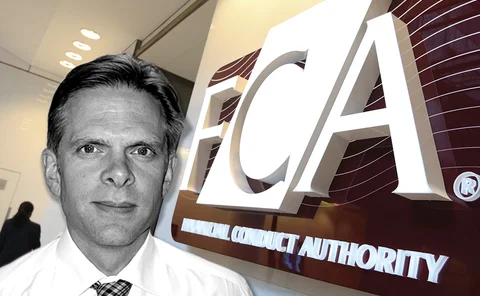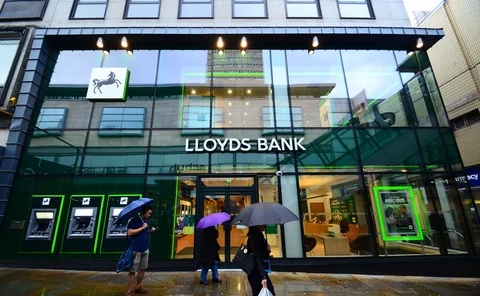Libor Risk – quarterly report Q4 2019
Libor has entered its twilight zone. The benchmark’s life support will be switched off after the end of 2021, leaving it to die.
New markets linked to regulator-preferred risk-free rates are building – albeit at varying rates – but the bigger headache is the fate of $350 trillion in legacy financial instruments.
Swaps, once deemed low-hanging transition fruit with the luxury of a protocol option, are proving trickier than expected; debate rages over when and how fallbacks should kick in, while traders are now busy analysing whether signing up to a protocol could leave them out of pocket. Bonds and loans can’t easily be flipped, yet there’s encouraging activity.
As the clock ticks down, there’s little sign of any global convergence. Regional cracks are turning into crevices – as UK regulators ramp up transition talk, their US counterparts face a backlash over the choice of a volatile repo-based successor rate. In the eurozone, there’s little appetite to sunset Euribor. And while swap and bond markets are warming to backward-looking compounded RFRs, loan markets are heading towards term versions, which may carry Libor’s old trappings.
For banks, investors and corporates alike, 2020 will be a defining year for shaping the new-look rates market.
Copyright Infopro Digital Limited. All rights reserved.
As outlined in our terms and conditions, https://www.infopro-digital.com/terms-and-conditions/subscriptions/ (point 2.4), printing is limited to a single copy.
If you would like to purchase additional rights please email info@risk.net
Copyright Infopro Digital Limited. All rights reserved.
You may share this content using our article tools. As outlined in our terms and conditions, https://www.infopro-digital.com/terms-and-conditions/subscriptions/ (clause 2.4), an Authorised User may only make one copy of the materials for their own personal use. You must also comply with the restrictions in clause 2.5.
If you would like to purchase additional rights please email info@risk.net
Libor switch spells trouble for loan systems
Lenders face costly updates to ageing legacy platforms to cope with new risk-free rates
Synthetic Libor mooted as ‘tough legacy’ fix
Recalibration of doomed rate or catch-all legislation under debate as lifeline for lingering contracts
€STR swap trading gets under way
HSBC and JP Morgan strike first swap linked to the new euro short-term rate
FCA official: stick with overnight rates for all new contracts
Schooling Latter limits term rates to legacy contracts and wants backward-looking method for loans
Isda sets two options for Libor fallback spread
Historical spread adjustment to be based on five-year median or 10-year mean
Asia awaits term SOFR solution for local benchmarks
Singapore, Thailand and the Philippines look at ways to replace Libor in benchmark calculations
Lloyds wins consent to flip £1bn covered bond to Sonia
The conversion, backed by 99.84% of bondholders, marks another milestone in the Libor transition








